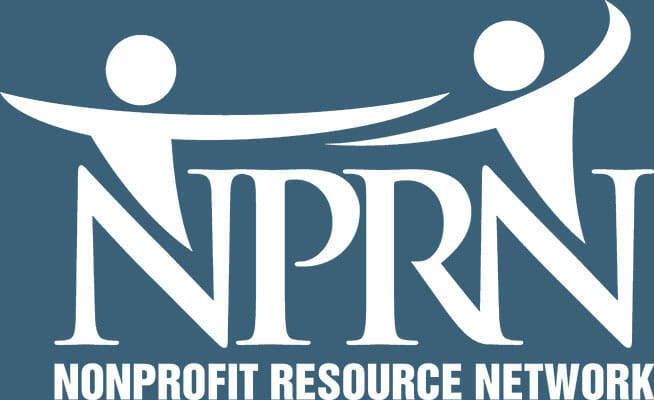.jpg)
The dividend yield of a stock is the dividend amount paid per share and is expressed as a percentage of the company’s share price, such as 2.5%. Dividends are the percentage of a company’s earnings that is paid to its shareholders as their share of the profits. Dividends are generally paid quarterly, with the amount decided by the board of directors based on the company’s most recent earnings. Dividend yield refers to the percentage of the share price that gets paid back as a dividend. For example, if shares sell for $10 each and pay a $0.20 annual dividend, then the dividend yield is 2%. Some companies have grown their dividend payments for over 25 consecutive years, and are called dividend aristocrats.
.jpg)
The Payout Ratio: Why It Matters
A corporation may issue dividends to its shareholders, which represent a distribution of its retained earnings to them. Dividends may be issued either in the form of cash or as additional shares of stock. In both cases, the amount paid out is in proportion to the number of shares already held by shareholders. When a dividend is declared, the total value is deducted from the company’s retained earnings and transferred to a temporary liability sub-account called dividends payable.
- In other words, if you invest $10/share today, that is a fixed cost while the return from the investment (dividends) continues to grow.
- To mitigate the effects of double taxation, some jurisdictions offer tax relief measures for corporations.
- The total value of the dividend will be $0.50 x 500,000 outstanding shares which are $250,000.
- A dividend is a method of redistributing a company’s profits to shareholders as a reward for their investment.
- Assuming it pays dividends in the form of cash, the company must credit its cash account, while also eliminating the balance in the dividends payable account created before.
- Once the payment date arrives, the company distributes the dividend to all eligible shareholders.
- The investors on the other hand receive this dividend payment which is a cash inflow for them.
How confident are you in your long term financial plan?
Regular dividends are made in cash and can be distributed quarterly, semi-annually or annually. If you own 1,000 shares and the total annual dividend is $1 per share, you will receive $1,000 in dividend income for the year. Cash dividends provide a way for companies to return capital to shareholders. Primarily, a cash dividend has an impact on the cash and shareholder equity accounts. However, after the dividend declaration, before the actual payment takes place, the company records a liability to shareholders in the dividends payable account.
Do you already work with a financial advisor?
Companies need to distribute dividends for various reasons which may include satisfying shareholder needs or maintaining a positive market perception. There are three different types of dividend are dividends an asset policies that companies can adopt, including constant, residual, and stable dividend policies. The calculation of dividends also depends on these dividend policies and some other factors. Companies must account for dividends and retained earnings in two steps, once when they declare dividends, and next when they pay shareholders.
- A cash dividend is a payment made by a company out of its earnings to investors in the form of cash (check or electronic transfer).
- If a company cannot pay dividends regularly, it sends a negative signal regarding the company to the market.
- The company’s management may have a plan for investing the money in a high-return project that could magnify returns for shareholders in the long run.
- A dividend is the amount that is paid or distributed by the company to its shareholders by the company’s profit.
- Stock market rules say that the buyers must have purchased the share at least two days before the record date to receive payment.
- Also, keep an eye on the payout ratio; anything above 60% is cause for concern.
Five Appreciating Assets That You Should Know About For Profitable Investment
The specific tax treatment can depend on the nature of the assets and the applicable tax laws. Just as selling stock raises the value of shareholders’ equity, it also creates new shareholders to share in that equity. This is usually done via a special distribution in addition to the regular cash dividend. Once the payment date arrives, the company distributes the dividend to all eligible shareholders. If you’re receiving a cash dividend, the money will be deposited into your brokerage or bank account.
Different Types of Dividend Payments
Andy Smith is a Certified Financial Planner (CFP®), licensed realtor and educator with over 35 years of diverse financial management experience. He is an expert on personal finance, corporate finance and real estate and has assisted thousands of clients in meeting their financial goals over his career.
In addition, Telstra has 3.793 billion dollars of free cash flow which helps to reduce risk. A declared dividend is the current liability that a company has to pay within the payment date. They are also accounted for on the company’s cash flow statement, under the financing segment.

Leave a Response